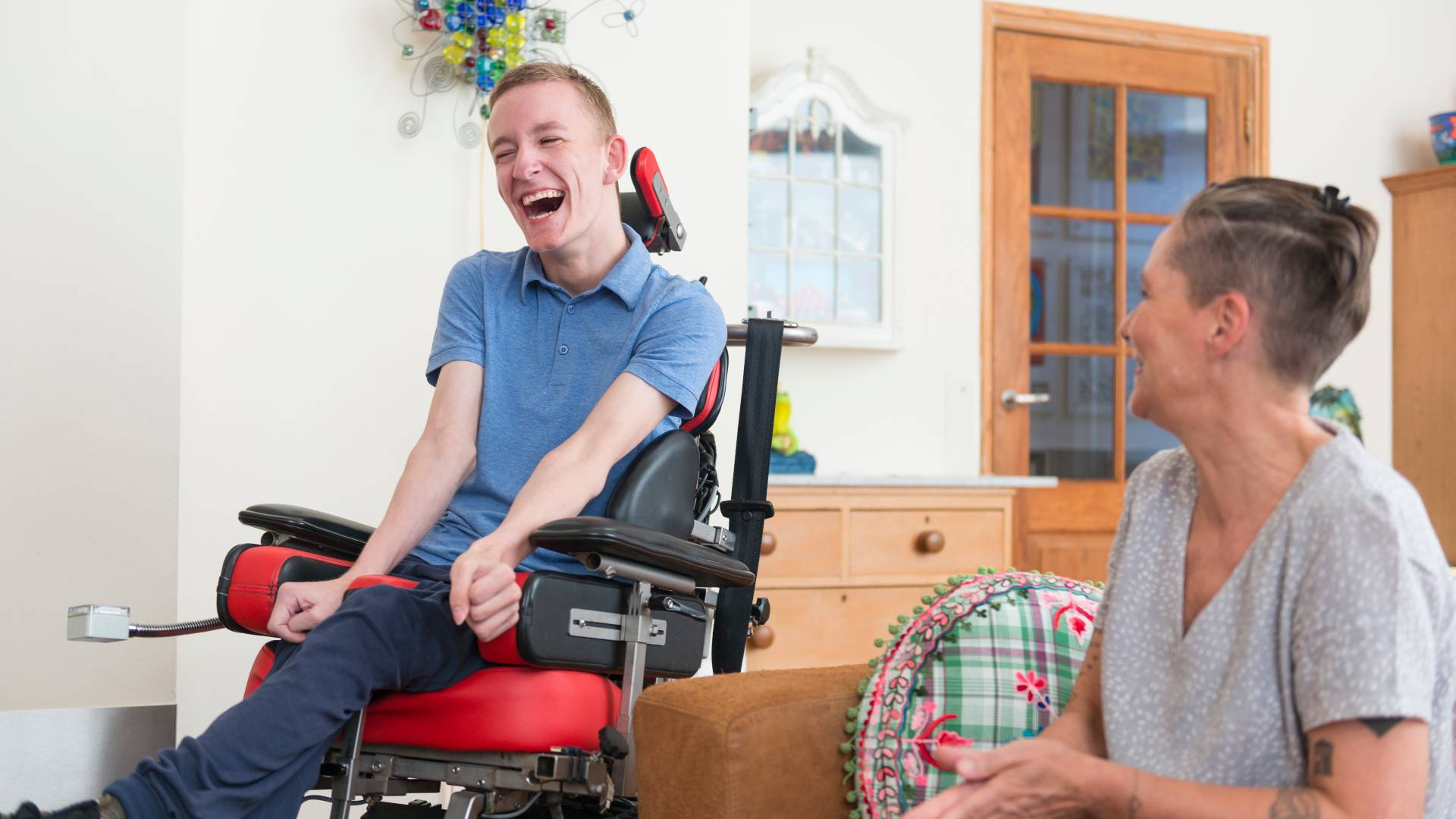Eye Recognition System Uses Brain-Computer Interface to Improve Non-Manual Control of Wheelchairs

Study in a Sentence: Researchers created a new brain-computer interface system that captures eye movements and classifies them using machine learning to predict patients’ intentions and wheelchair control commands.
Healthy for Humans: Patients with severe paralysis such as those with late-stage amyotrophic lateral sclerosis or quadriplegia can benefit from wheelchairs that do not require manual controls. Because these patients retain brain function and eye movements, brain-computer interfaces are a promising method for wheelchair control.
Redefining Research: This system detects eye movements in the form of electroencephalographic (EEG) signals through a lightweight and wearable EEG recording device. Six eye movements corresponding to different wheelchair commands can be detected with high levels of accuracy, presenting an EEG-based control system for non-manual driving of wheelchairs.








